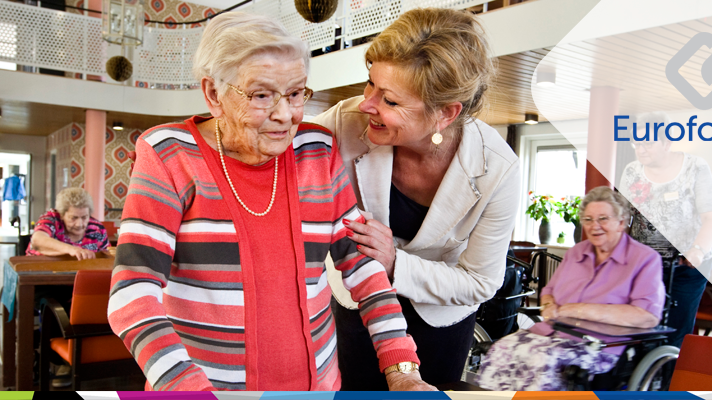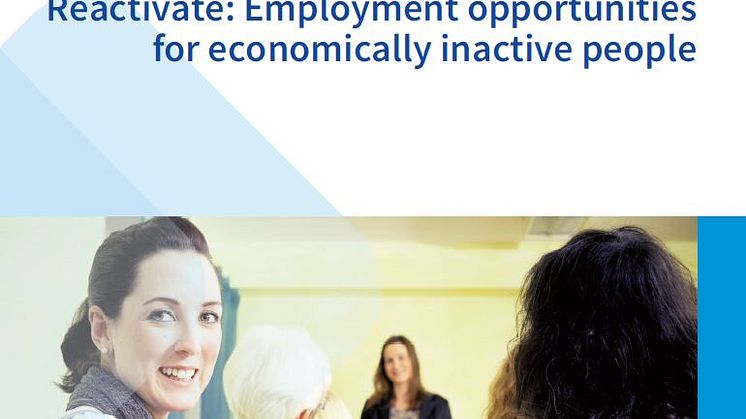
News -
Care homes: cost of increased private provision could become barrier to user access unless subsidies rise
With people living longer, the need for affordable care of high quality to support Europe’s population increases. In recent years, the Country Specific Recommendations (CSRs) have repeatedly emphasized the need to contain costs in long term care in order to ensure their sustainability. Yet no harmonised data exists at the European level to accurately map public and private providers of care homes for older people and to assess whether nursing homes and residential care are increasingly becoming a business as a result of the gap left by the cuts in public services during the crisis.
Eurofound’s new report Care homes for older Europeans: Public, private and not-for-profit providers is the most comprehensive exercise to date to gather all available data across Member States. The report provides a picture of the quality, accessibility and efficiency of services. Over the last ten years, there has been a substantial increase in the number of private care homes, which has doubled in Romania, Slovakia and Slovenia. At the same time, the number of public care homes is either decreasing or growing at a slower pace, with the exception of Malta and Spain, where the number of public homes is increasing faster than private ones. There is a need to agree definitions about public, for-profit and non-profit provision, taking into account legal status, ownership and economic activity of providers.
As demand increases so too does the challenge to maintain public funding and spending for long-term care, which may ultimately lead to higher co-payments from service users. Some countries already have schemes in place to limit the percentage of a service user’s assets that can be used. With results differing between studies and between countries, this report provides a starting point for further research which could ultimately pave the way for reforms that meet the demands of Europe's ageing population.
Download the report: Care homes for older Europeans: Public, private and not-for-profit providers




